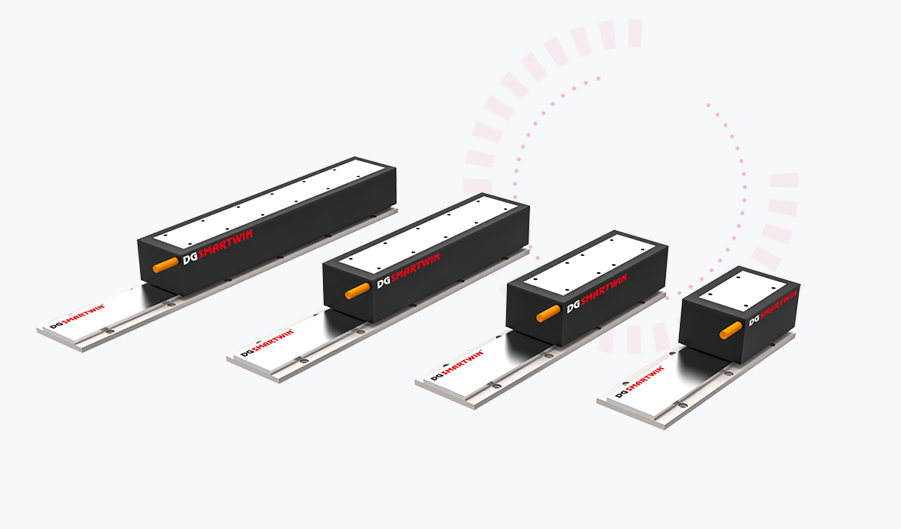In the world of industrial automation, the demand for systems that offer higher precision, faster response times, and lower maintenance costs has never been greater. As manufacturers, engineers, and business leaders look for cutting-edge solutions to improve operational efficiency, linear motors have emerged as a transformative technology. Linear motors are playing a pivotal role in revolutionizing automation by offering precise, frictionless motion, enabling enhanced efficiency and reduced maintenance costs for various industries.
In this article, we’ll dive into how linear motors work, their key benefits in industrial automation, and why they are increasingly being adopted in sectors such as electronics, robotics, and material handling.
What Are Linear Motors?
A linear motor is an electromagnetic device that creates motion in a straight line, unlike conventional rotary motors, which generate circular motion. Linear motors operate based on the same electromagnetic principles as rotary motors but are unrolled so that the stator and rotor are spread out in a linear form.
Instead of converting rotary motion into linear motion using additional mechanical systems like belts or gears, a linear motor directly produces linear motion. This unique design allows for smoother, faster, and more precise motion control, which is why linear motors are becoming increasingly popular in industrial automation.

Precise and Frictionless Motion for Automation
One of the standout features of linear motors is their ability to provide precise, frictionless motion. Traditional systems often rely on mechanical components, such as ball screws or rack-and-pinion systems, to convert rotary motion into linear motion. However, these mechanisms introduce friction, wear, and backlash, reducing overall precision and efficiency over time.
Linear motors eliminate these mechanical components, delivering direct drive motion without friction. This frictionless motion offers several benefits:
· High Accuracy: Linear motors are capable of delivering sub-micron positioning accuracy, making them ideal for applications where extreme precision is required, such as in semiconductor manufacturing, electronics assembly, and automated testing.
· Smooth Motion: With no mechanical contact between moving parts, linear motors provide smoother movement, which reduces the likelihood of system vibrations that could affect product quality or system performance.
· Reduced Wear: The absence of gears, belts, and pulleys means there is less wear and tear, leading to longer system lifespans.
For industries that demand exacting tolerances and repeatability, such as robotics or precision manufacturing, the precision of linear motors is invaluable.
Enhancing Efficiency in Automated Systems
Another reason linear motors are gaining popularity in industrial automation is their ability to enhance system efficiency. Automated systems using traditional motors often struggle with inertia and lag caused by mechanical components. Linear motors, on the other hand, provide direct drive motion, which reduces inertia and allows for much faster acceleration and deceleration.
In industries that rely on high-speed operations, such as packaging, pick-and-place systems, and conveyor belts, the ability to quickly accelerate and decelerate without losing precision is critical. Linear motors allow automated systems to:
· Increase Throughput: Faster response times and higher speeds mean that tasks can be completed more quickly, allowing manufacturers to increase production rates without compromising on quality.
· Optimize Energy Use: Linear motors are highly energy-efficient. They use electrical energy more effectively since they eliminate the need for energy-wasting mechanical conversions (such as using a gearbox to convert rotary motion into linear motion). This energy efficiency leads to lower power consumption, reducing operational costs.
· Improve Overall System Performance: With fewer moving parts and the ability to operate at higher speeds, linear motors can deliver better overall system performance in terms of both speed and accuracy.
These factors make linear motors an essential component for companies looking to maximize productivity and achieve better results from their automated systems.
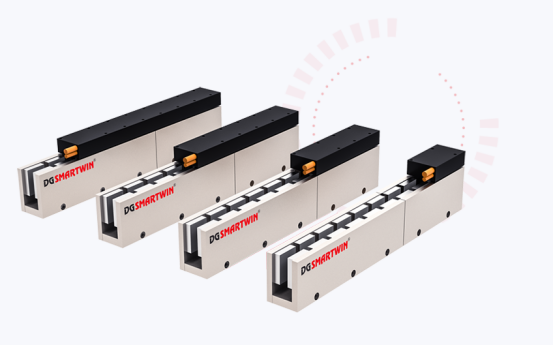
Reducing Maintenance Costs with Linear Motors
One of the primary challenges that businesses face with automation is the ongoing cost of maintaining complex machinery. Traditional motor systems that rely on gears, belts, and pulleys require regular maintenance to prevent failures caused by friction, wear, and part degradation.
Linear motors significantly reduce maintenance costs by eliminating many of these components. With no mechanical parts to wear out, the need for routine maintenance is greatly minimized. This reduction in maintenance not only lowers direct costs but also minimizes the risk of unplanned downtime, which can disrupt production schedules and lead to lost revenue.
Key maintenance benefits of linear motors include:
· Fewer Mechanical Failures: Since linear motors do not have components like gears or belts that can break or wear out, they are less prone to mechanical failure.
· Longer System Lifespan: With less friction and no mechanical wear, linear motors can operate for longer periods without needing repairs or part replacements.
· Lower Total Cost of Ownership (TCO): While linear motors may have a higher initial cost compared to traditional motors, the long-term savings from reduced maintenance and downtime make them a cost-effective solution for many businesses.
By reducing maintenance costs and improving system reliability, linear motors are helping businesses achieve more efficient and cost-effective automation.
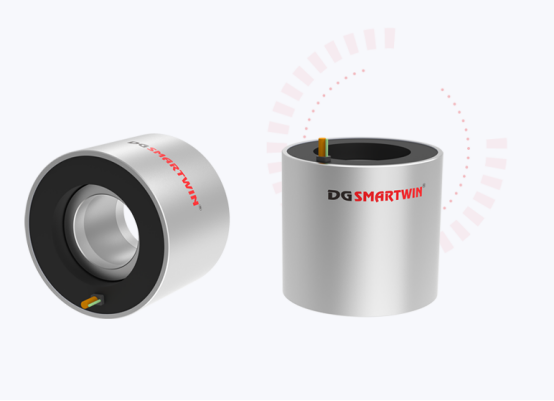
Applications of Linear Motors in Industrial Automation
Linear motors are being adopted in a wide range of industries due to their unique capabilities. Some of the most common applications include:
Semiconductor Manufacturing: In semiconductor production, where extreme precision and cleanliness are required, linear motors are used to move wafers with micron-level accuracy.
Packaging and Printing: High-speed linear motors are commonly used in packaging machines and printing systems, where fast and accurate motion is essential for productivity.
Medical Devices: Linear motors are used in medical automation for processes that require precision, such as robotic surgery and automated laboratory testing.
Conveyor Systems: Linear motors provide frictionless motion in conveyor systems, reducing wear and improving efficiency in material handling.
Robotics: Advanced linear motor solutions features high-precision iron-core and ironless designs, which empower robotic systems with ultra-fast response and accurate positioning, making them ideal for demanding applications. You may also see that widely applied in intelligent manufacturing environments, from material handling to high-speed automated assembly.
Conclusion
As industries continue to embrace automation as a means of improving productivity and reducing operational costs, linear motors have proven to be a revolutionary technology. By offering precise, frictionless motion, enhancing efficiency, and significantly reducing maintenance costs, linear motors are transforming the way companies approach automation.
From semiconductor manufacturing to robotics and packaging, linear motors are being deployed in a variety of high-speed, high-precision applications. As more businesses recognize the benefits of linear motors, their role in shaping the future of industrial automation will only continue to grow.

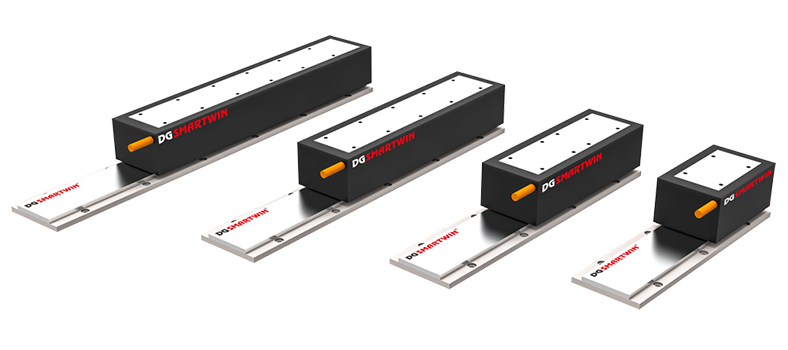
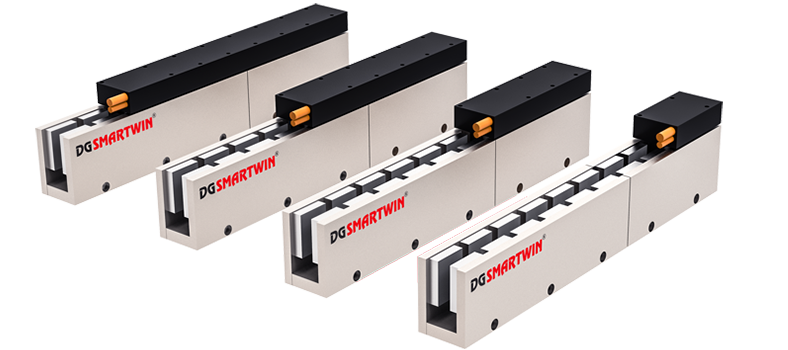
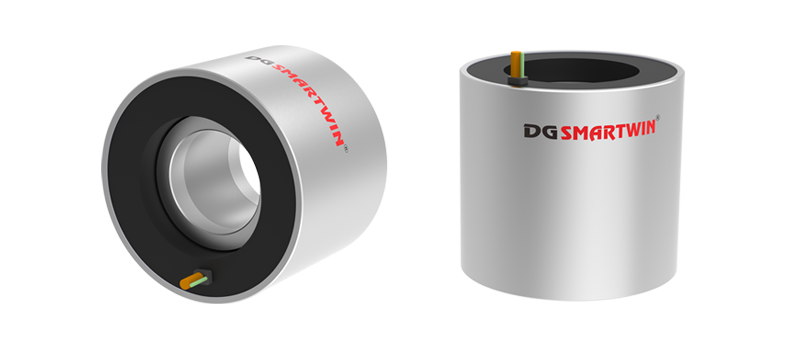
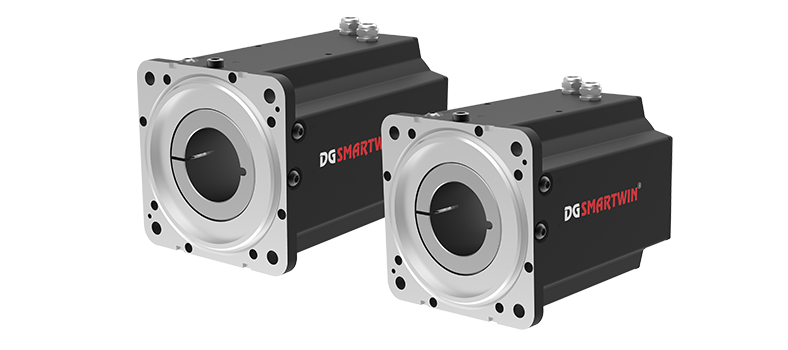
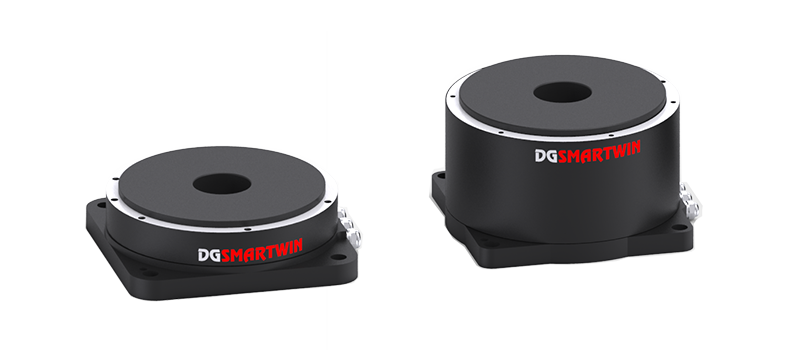
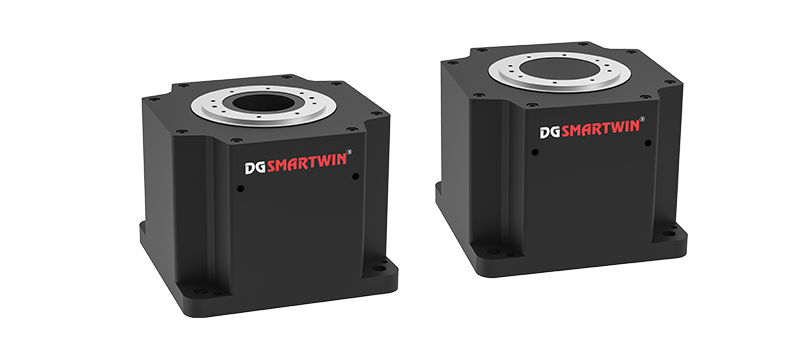
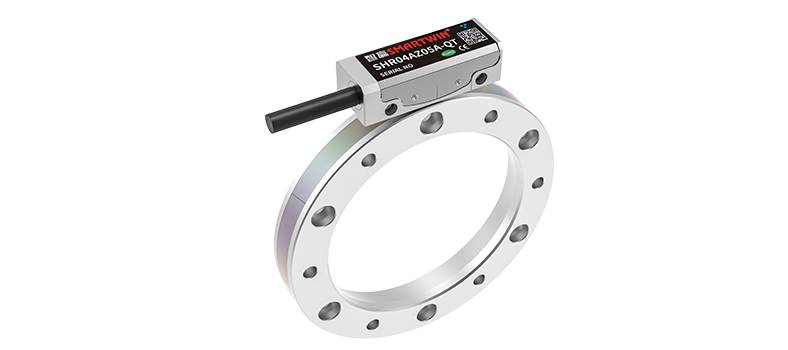
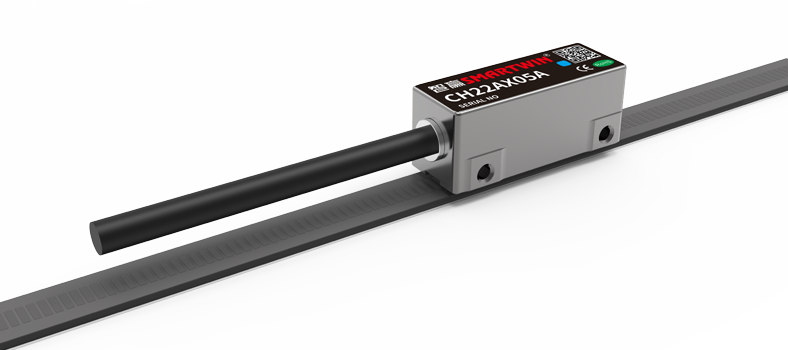








 En
En

